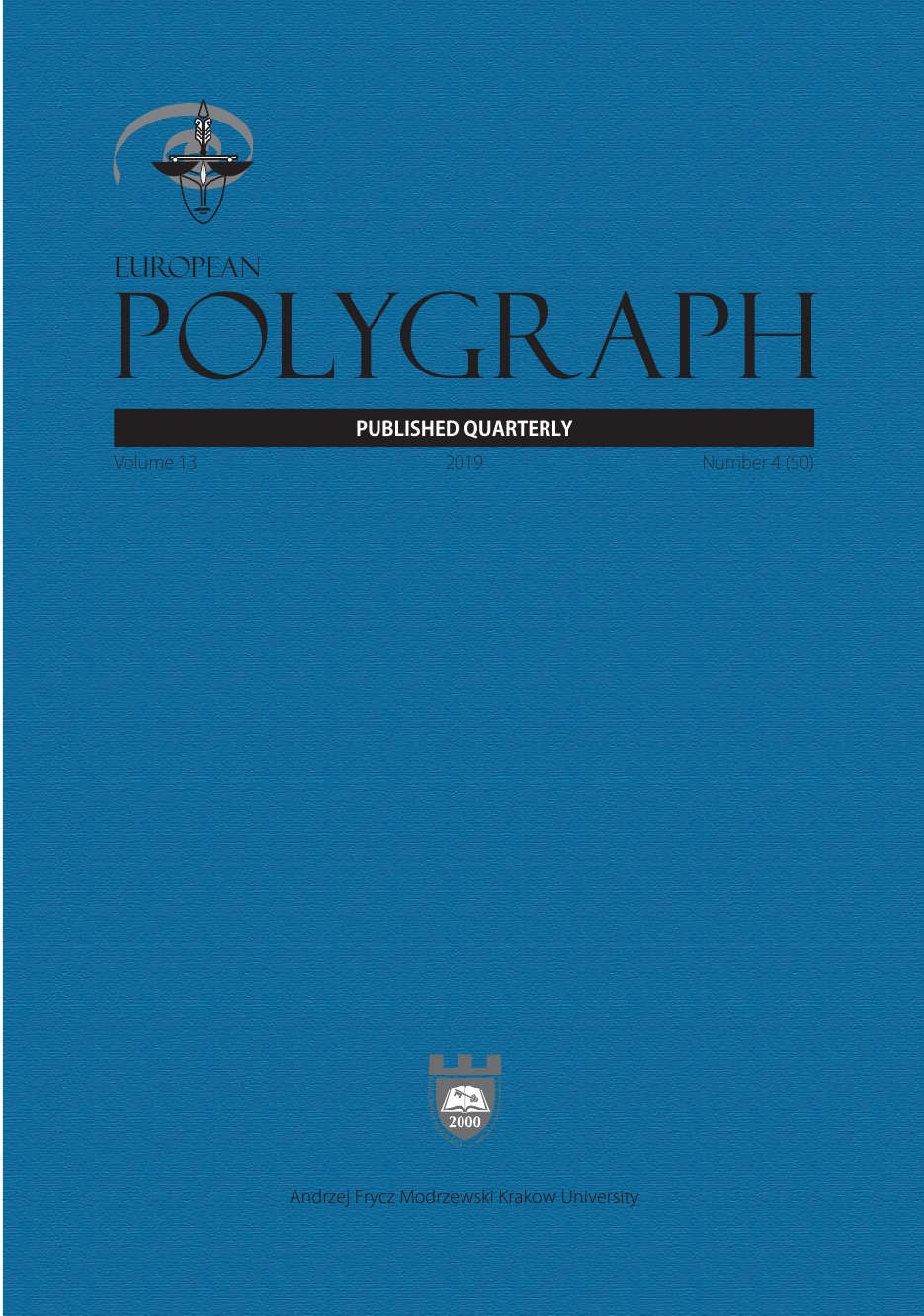Essentials of the Relevant Issue Gravity (RIG) Strength: A Theoretical Framework for Understanding the Comparison Question Test (CQT)
Essentials of the Relevant Issue Gravity (RIG) Strength: A Theoretical Framework for Understanding the Comparison Question Test (CQT)
Author(s): Avital GintonSubject(s): Psychology, Methodology and research technology, Criminology
Published by: Oficyna Wydawnicza AFM Uniwersytetu Andrzeja Frycza Modrzewskiego w Krakowie
Keywords: polygraph;deception detection;lie detection;Comparison Question Test;CQT;Relevant-Issue-Gravity;RIG;
Summary/Abstract: The essentials of the Relevant Issue Gravity (RIG) theoretical framework for explaining the Comparison Question Test (CQT) (Ginton, 2009), is presented here in a detailed outline format. It is based on the notion that examinees who lie on the test in the relevant questions are attached psychologically to the relevant issue in a different way than the truth-tellers. An essential difference is the strength by which the suspect’s attention is directed, focused, and bound to the relevant issue. These aspects of attention in the context of polygraph examinations are coined, Relevant Issue Gravity (RIG) Strength. Th e RIG strength is assumed to distribute differently between the liars and the truth-tellers. There is reason to believe that liars hold a stronger RIG compared to the truthful subjects, and eventually, that affects the differential reactivity to the relevant vs. comparison questions. The following describes the rationale behind the RIG concept, some supporting data, and the theoretical as well as practical implications.
Journal: European Polygraph
- Issue Year: 13/2019
- Issue No: 4 (50)
- Page Range: 181-201
- Page Count: 22
- Language: English

